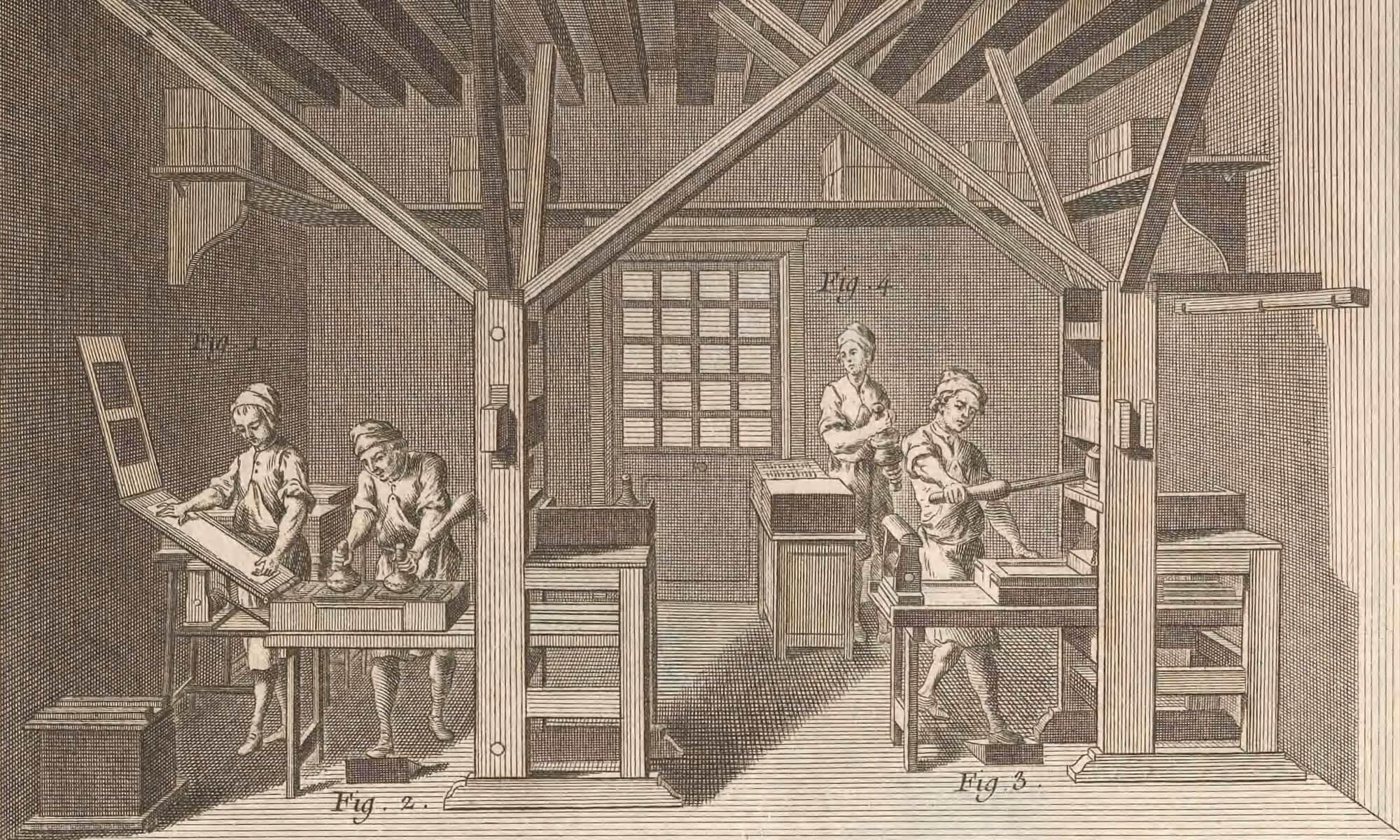Ames, Typographical antiquities, 1749 (frontis.)
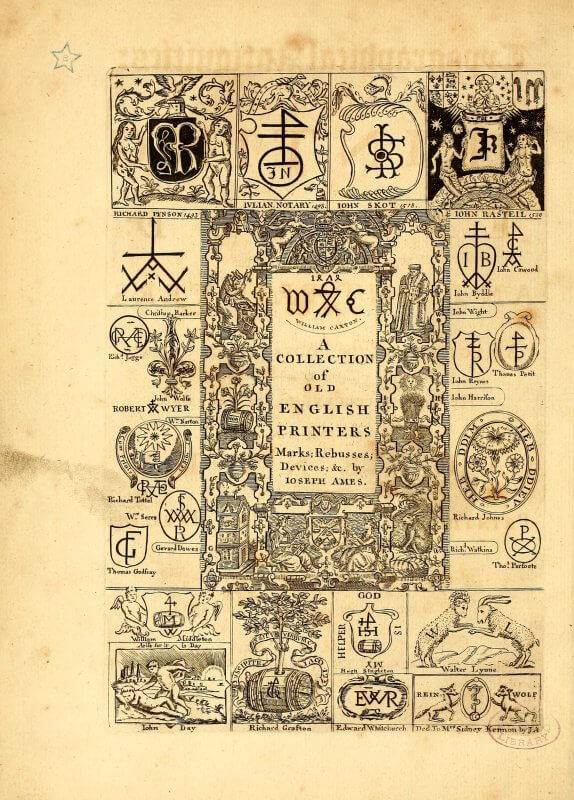
Bible, English, 1611 (πA1r)
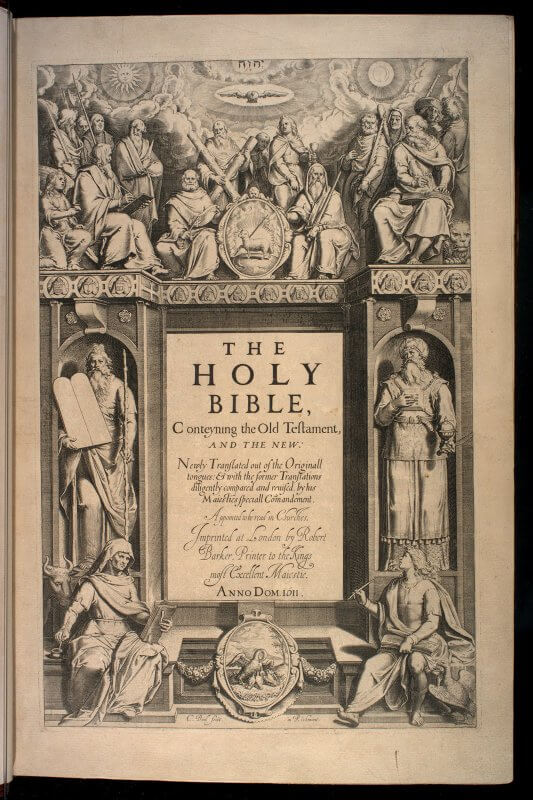
Collaert, Nova Reperta, 1600 (pl. 19)
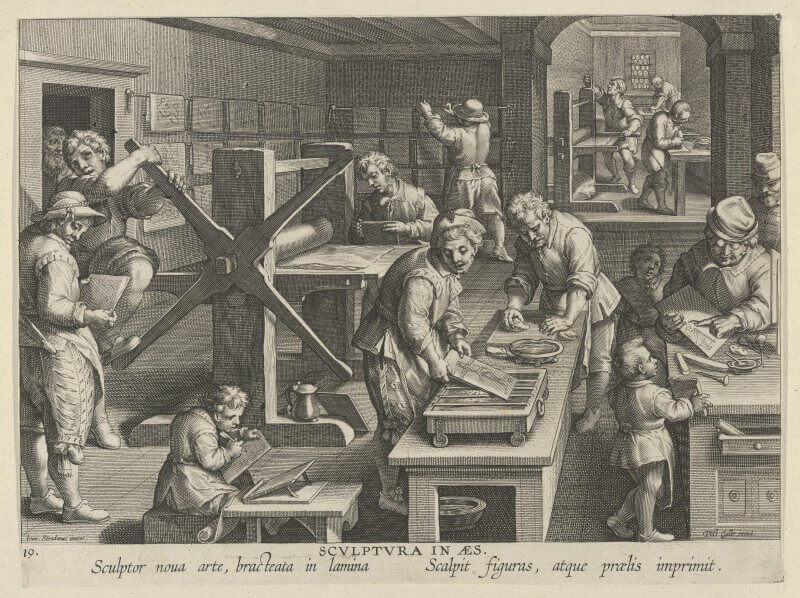
Collaert, Nova Reperta, 1600 (pl. 4)
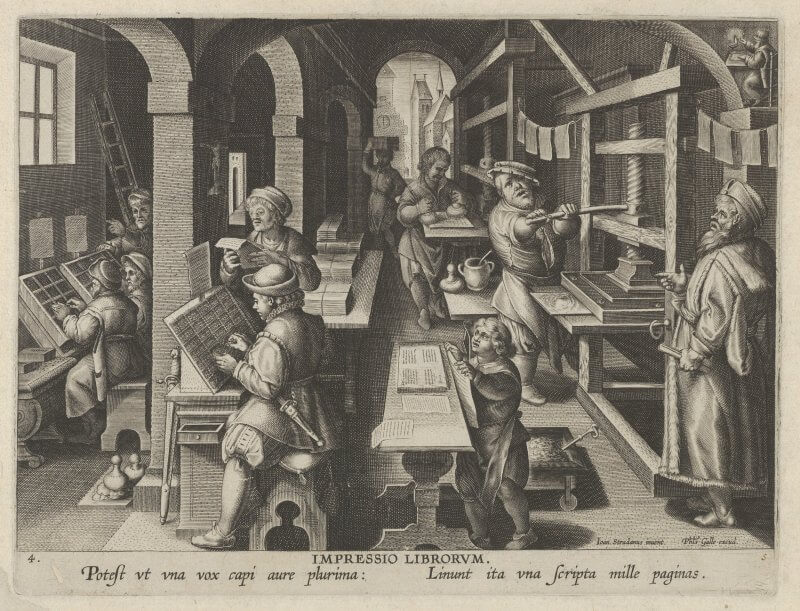
Moxon, Mechanick exercises, 1683 (pl. 1)
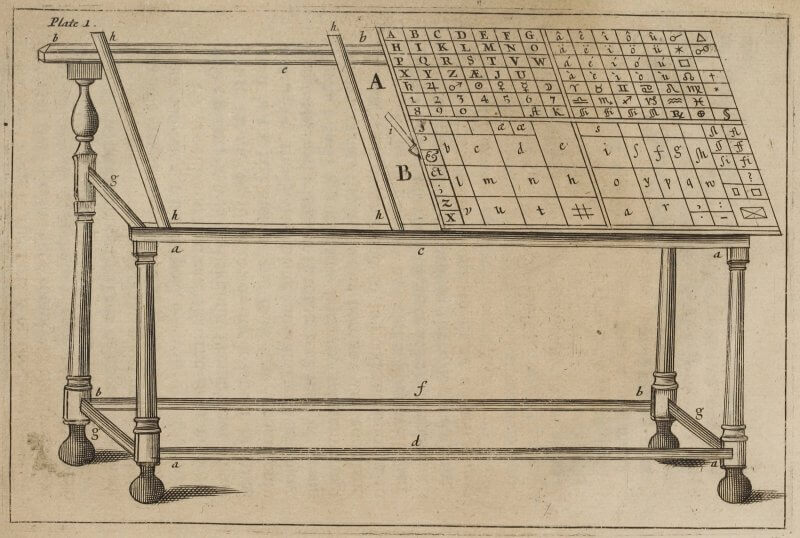
Moxon, Mechanick exercises, 1683 (pl. 24)
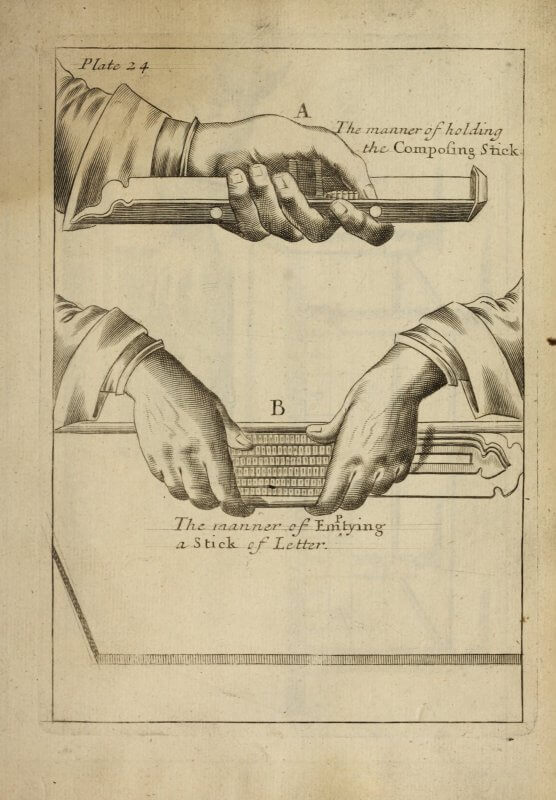
Pepusch, Solos for violin, 1705 (p. 1)

Soldini, Anima brutorum, 1776 (a8r; Smithsonian)
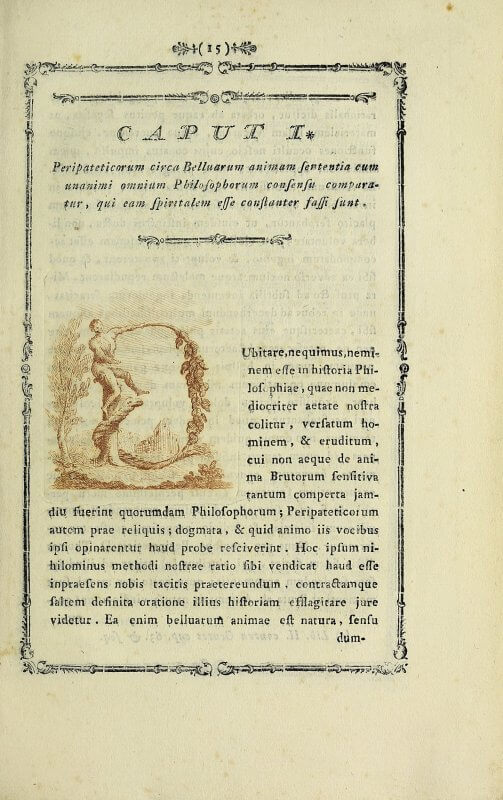
Soldini, Anima brutorum, 1776 (pl. facing a8r; Getty)
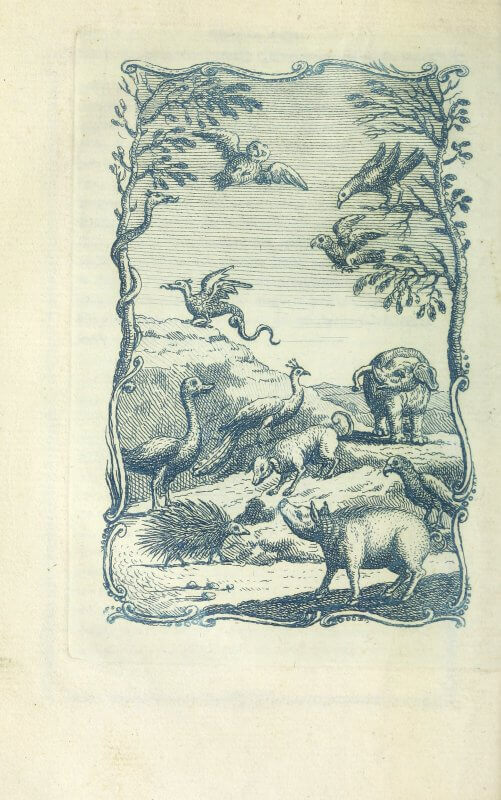
Soldini, Anima brutorum, 1776 (pl. facing a8r; Smithsonian)

